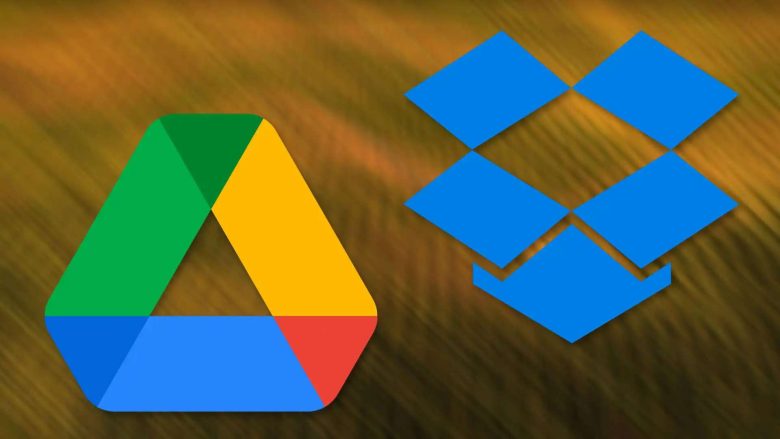We’ve been using Dropbox and Google Drive for a while now. But there is a growing number of tools that can help you upload files without worrying about the limits. Imposed by popular sites such as Dropbox, or even services like Box (although we don’t recommend Box for many reasons).
As always, there are two ways to get around limits:
Make full use of your shared folders. If you have a couple of hundred gigabytes on your machine, you can create a subfolder for each file and share it with your friend.
2. These services can used for a variety of purposes, such as transferring large files between devices or sharing them with others.
These services are not just for storing files, but also serve as a way of sending and receiving files. We won’t go into too much detail about this here — there are many good resources — but our criteria for what counts as a file is simple: it must exist in some form. This includes any image, video or audio file that not transcribed or edited in some way. But may still useful for other purposes such as sending to someone else or reading it on their device.
Please note that even though the service may allow the transmission of images and videos without transcribing them. They do require you to encode the file before transmission. This is because once you transmit it (for example, by uploading it to Dropbox). The transmitted version will become your copy and cannot changed later. Please also note that these services use encryption/encryption protocols such as HTTPS/HTTPS everywhere (which is why we recommend using Dropbox).
We have added a few new services recently which have recently launched that have very strict upload limits. And which may require you to encode your files before transmission (if you want to try them out). If you find yourself in this situation. Please contact us so we can make sure they aren’t preventing you from doing anything else (or uninstalling things).
3. Most transfer services have caps on file size, even on paid plans.
A single transfer can be as small as 1 MB. So you will want to send big files that are at least a few megabytes in size. The best way to do that is via a file sharing service such as Dropbox or Google Drive. Dropbox offers free storage and paid plans kick in if you have several GB of storage space.
Google Drive is another option, but it also has limits on files size (1 GB for free, 2 GB for $5/month), so it isn’t the best option for everyone.
IPFS (Internet Protocol Faster Storage) is the newest peer-to-peer protocol to provide access to high-bandwidth connections. Which is perfect for those with bandwidth challenges or who might want to share large files that can’t fit on Dropbox.
4. The exceptions are cloud storage services that offer unlimited file sizes.
When you share files on social networks, the first thing people will do is try to get rid of their file in order to make space for theirs.
What if you want to attach a file instead? This problem has plagued us for a while now and we’re sorry to say it’s not going away any time soon.
The most obvious solution would be to upload your files to Dropbox or Google Drive. And use their Drobox and Drive clients, respectively. However, these services are too expensive (and/or limited in functionality).
Fortunately, there is another way—one that’s free. Create a Dropbox folder (or equivalent) on your PC and attach your files there. You can then turn around and upload them on Twitter or Facebook or send them via email. All you need is a Dropbox account, which will save you a lot of money compared with cloud storage fees. The advantage here is that you can attach files from any computer/device—even Windows machines! The downside: everything must uploaded from the same machine/device. Which is annoying if you want to keep track of where things stored at different times.
And, yes, this approach works with USB sticks too (though they don’t work very well).
Once again, we note that many cloud storage services offer unlimited file sizes, but only when they are over 1 TB in size (and the service itself may have limitations on file size). Any cloud storage provider offering unlimited file sizes will charge far more than $0 per gigabyte than Dropbox does; however, at some point over the coming months we’ll start seeing Dropbox going down this road as well.
This should help the average person avoid paying for immense file sizes on mobile devices. And increase their effective use of cloud storage. By allowing them to upload large files without having to worry about limits or limited by download speeds. It’s worth noting that uploading large files doesn’t just do two things: it directly improves download speeds; it also increases battery life (since larger files take less space) while simultaneously reducing data usage (since larger images take up less room).
All in all, we think this approach could be good enough for most users; however, there are some potential downsides: 1) One large file attachment may take longer than necessary under heavy load; 2) Files can get lost during periods when your devices disconnected from the network.

